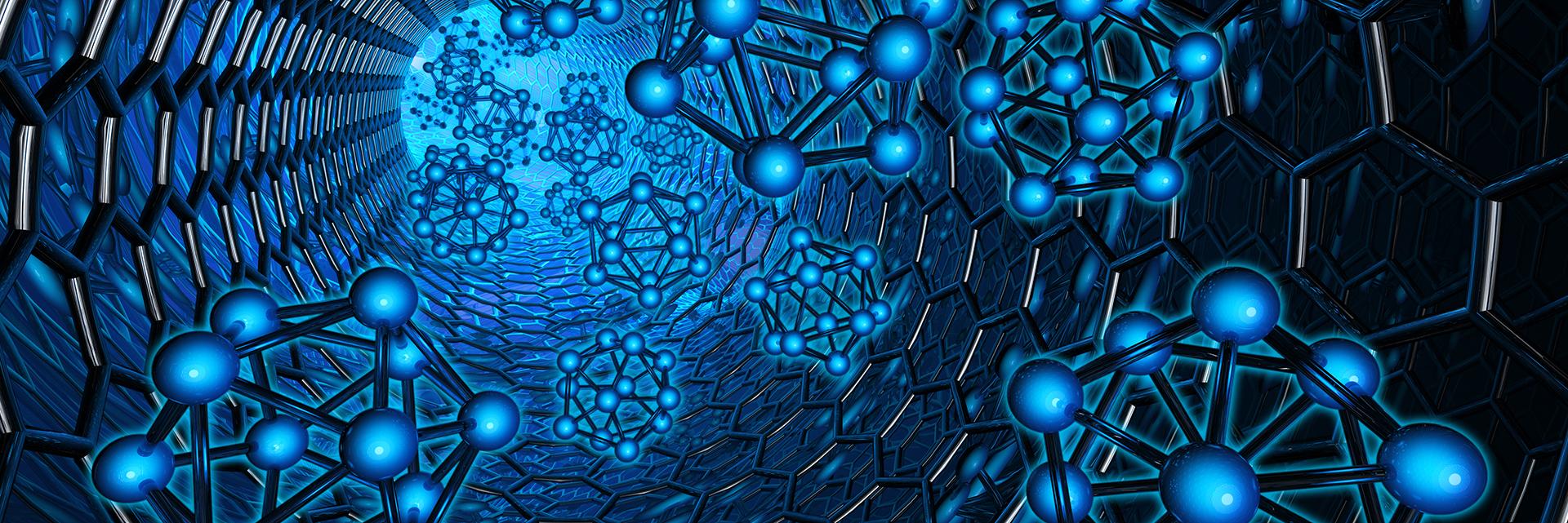https://www.epo.org/en/node/materials
Materials science: How new materials shape our future
Last updated: 10.12.2019

Nanotechnology in the spotlight
From nano-capsules that transport cancer medications directly to a tumour to “biosilicon” that releases active ingredients slowly over time: Even the tiniest inventions can “make it big” at the European Inventor Award.
Did you know?
The sail-shaped European Inventor Award trophy is crafted with different materials every year. Previously, the trophy has been 3D printed, crafted from sustainable wood, blown from Venetian glass, or moulded from concrete.








